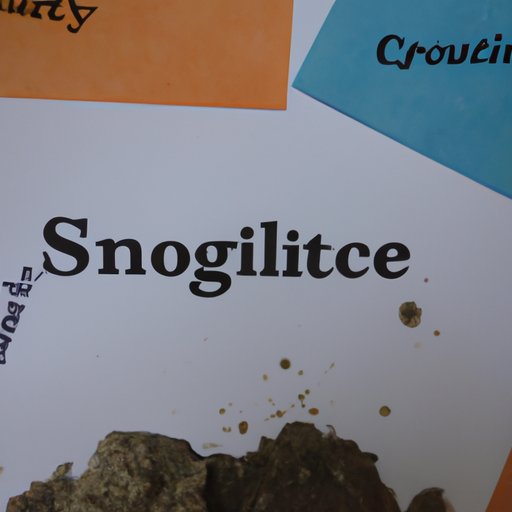Introduction
Minerals are essential components of the Earth’s natural environment, and understanding the differences between abiotic and biotic minerals can help us gain a better appreciation for the resources we use. In this article, we’ll explore what abiotic and biotic minerals are, how they impact the environment, their various uses, and their role in human health.
What are Abiotic and Biotic Minerals?
Abiotic minerals are those that are non-living, meaning they are not produced by living organisms but rather from physical, chemical, and geological processes. Examples of abiotic minerals include quartz, diamond, graphite, and pyrite. On the other hand, biotic minerals are those that are formed by living organisms, such as coral and shells.

Difference between Abiotic and Biotic Minerals
The main difference between abiotic and biotic minerals lies in the way they are formed. Abiotic minerals are created through physical, chemical, and geological processes, while biotic minerals are formed by living organisms. Abiotic minerals are typically found in rocks, while biotic minerals are typically found in organisms, such as coral, shells, and bones.
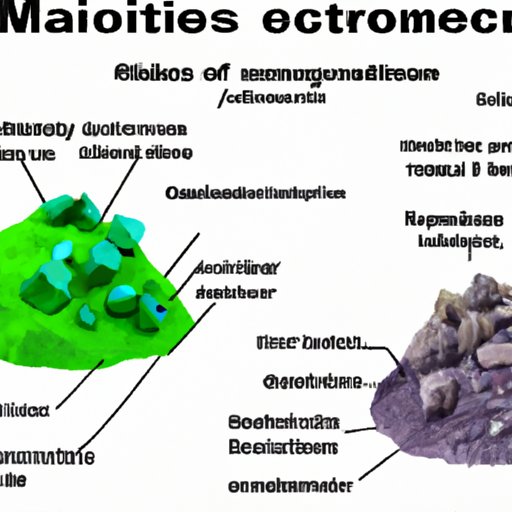
How Biotic and Abiotic Minerals Impact the Environment
Both abiotic and biotic minerals play an important role in the environment, and understanding their respective impacts can help us make better decisions when it comes to managing our resources. Let’s take a closer look at the effects of abiotic and biotic minerals on the environment.
Overview of Abiotic and Biotic Mineral Resources
Abiotic mineral resources are essential components of the Earth’s crust, and they provide many benefits to the environment. For example, they can be used to create building materials, such as concrete and steel, which are used in construction projects. They can also be used in industrial processes, such as refining and smelting, and in agricultural processes, such as fertilizers and pesticides. Biotic mineral resources, on the other hand, are derived from living organisms, such as coral, shells, and bones. These resources are often used in jewelry, art, and medicine.
Effects of Abiotic and Biotic Minerals on the Environment
Abiotic minerals can cause environmental damage if not managed properly. Mining operations can lead to soil erosion, air and water pollution, and deforestation. Furthermore, the burning of fossil fuels to extract abiotic minerals produces greenhouse gases, which contribute to global warming. Biotic minerals, on the other hand, have a much lower environmental impact, as they are typically extracted from renewable sources, such as coral reefs and shellfish beds.
Uses of Abiotic and Biotic Minerals
In addition to their environmental impact, abiotic and biotic minerals have numerous uses. Let’s take a closer look at the industrial and agricultural uses of these resources.
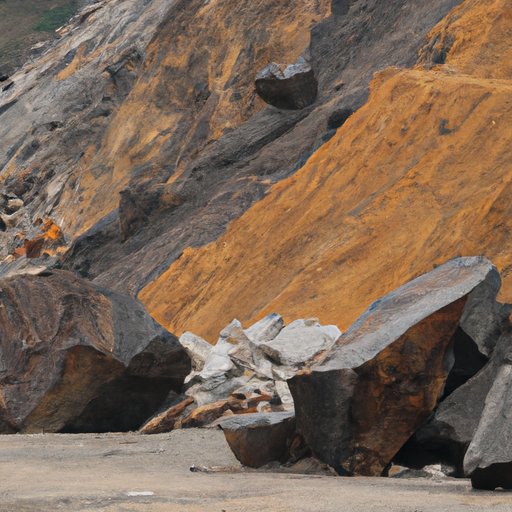
Industrial Uses of Abiotic and Biotic Minerals
Abiotic minerals are used in a variety of industrial processes, including metal refining, smelting, and manufacturing. They are also used to produce energy, such as coal and oil, and to create construction materials, such as concrete and steel. Biotic minerals are also used in industrial processes, such as in the production of jewelry and art.
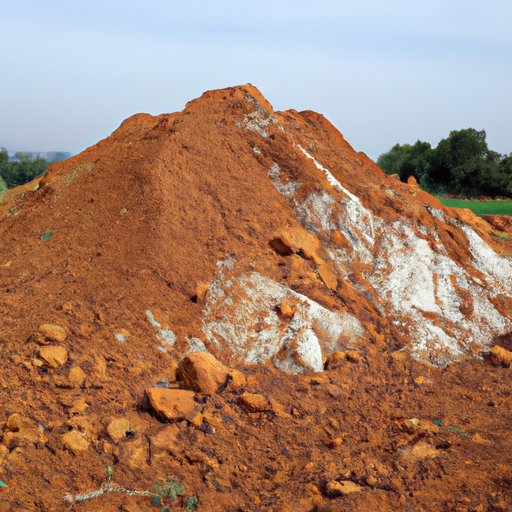
Agricultural Uses of Abiotic and Biotic Minerals
Abiotic minerals are used in agriculture to produce fertilizers, pesticides, and animal feed. They are also used to improve soil fertility, and to create artificial fertilizers. Biotic minerals, on the other hand, are used in agriculture to produce organic fertilizers, which are made from plant and animal waste.
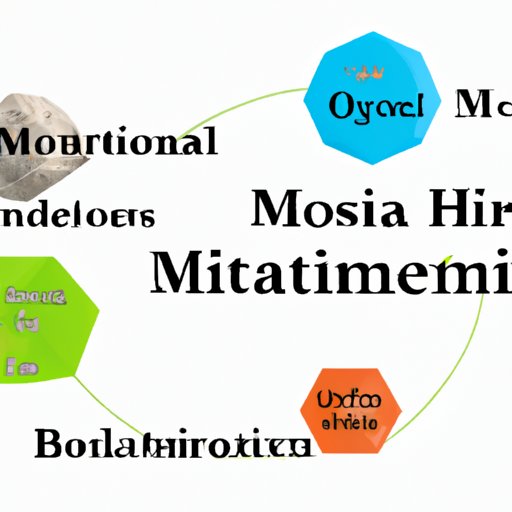
Role of Abiotic and Biotic Minerals in Human Health
Abiotic and biotic minerals also play an important role in human health. Let’s take a closer look at the nutritional benefits and potential health risks associated with these resources.
Nutritional Benefits of Abiotic and Biotic Minerals
Abiotic minerals are essential elements for human nutrition, as they provide essential nutrients such as calcium, magnesium, iron, and zinc. Biotic minerals, on the other hand, are rich sources of vitamins and minerals, and they can help prevent certain diseases, such as osteoporosis and heart disease. Furthermore, biotic minerals can help support healthy immune systems and provide essential antioxidants.
Potential Health Risks of Abiotic and Biotic Minerals
Although abiotic and biotic minerals have many nutritional benefits, they can also pose potential health risks. For example, consuming too much of certain abiotic minerals, such as iron and zinc, can lead to toxicity. Additionally, some biotic minerals, such as coral and shells, may contain heavy metals, which can be toxic if consumed in large quantities.
Conclusion
In conclusion, abiotic and biotic minerals are both essential components of the environment, and understanding their respective impacts and uses can help us make better decisions when it comes to managing our resources. Abiotic minerals are used in industrial processes, while biotic minerals are used in agriculture and have numerous nutritional benefits. Finally, both abiotic and biotic minerals can pose potential health risks if consumed in large quantities.
Summary of Abiotic and Biotic Minerals
Abiotic minerals are non-living and are formed through physical, chemical, and geological processes, while biotic minerals are formed by living organisms. Both abiotic and biotic minerals have numerous uses, including industrial and agricultural applications, and they both have nutritional benefits. However, they both can pose potential health risks if consumed in large quantities.
Final Thoughts on Abiotic and Biotic Minerals
Abiotic and biotic minerals are both essential resources, and understanding their respective impacts and uses can help us make better decisions when it comes to managing our resources. By learning more about these resources, we can ensure that we use them responsibly and sustainably for the benefit of future generations.
(Note: Is this article not meeting your expectations? Do you have knowledge or insights to share? Unlock new opportunities and expand your reach by joining our authors team. Click Registration to join us and share your expertise with our readers.)
